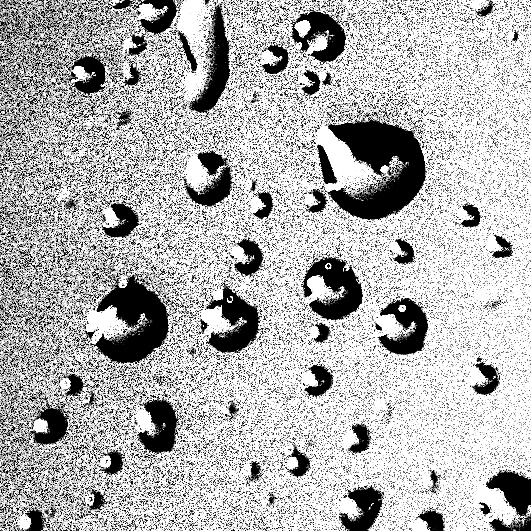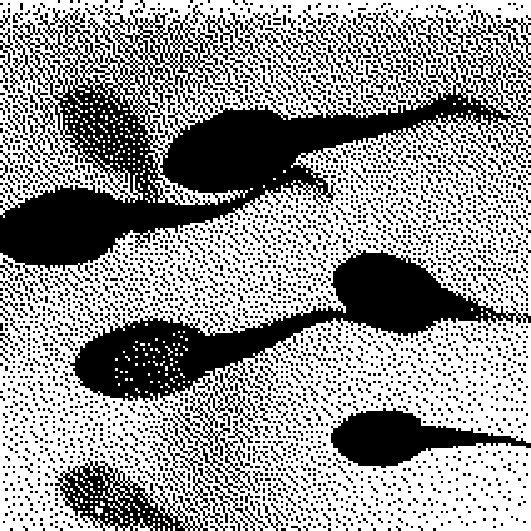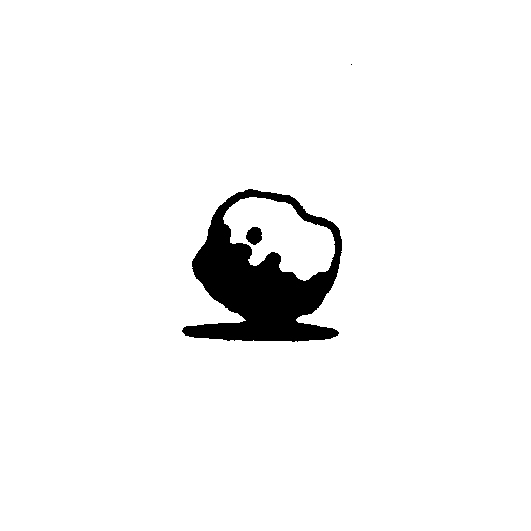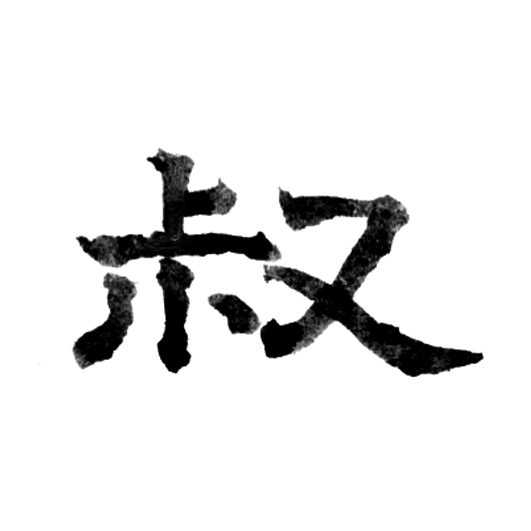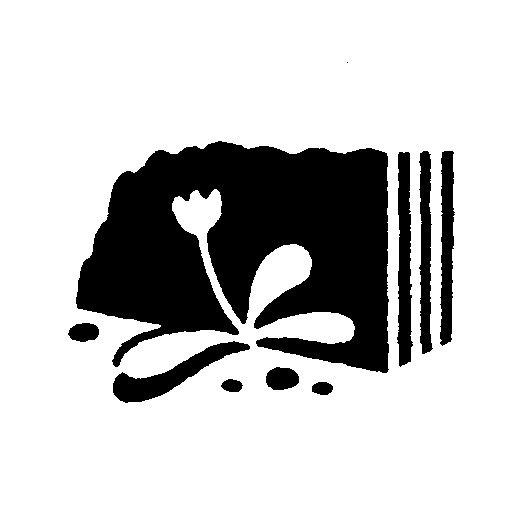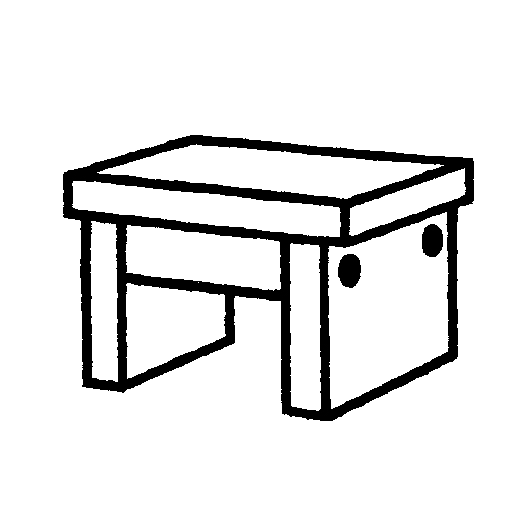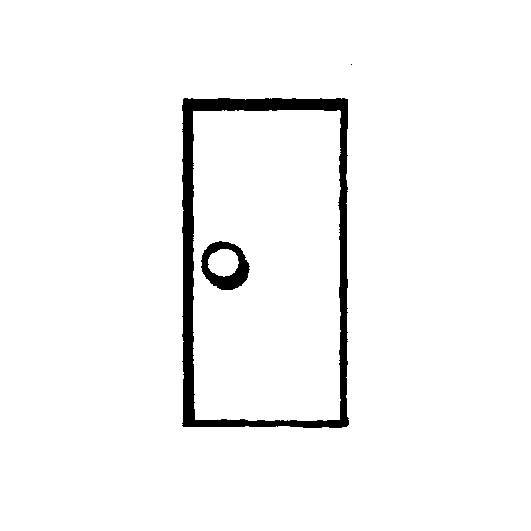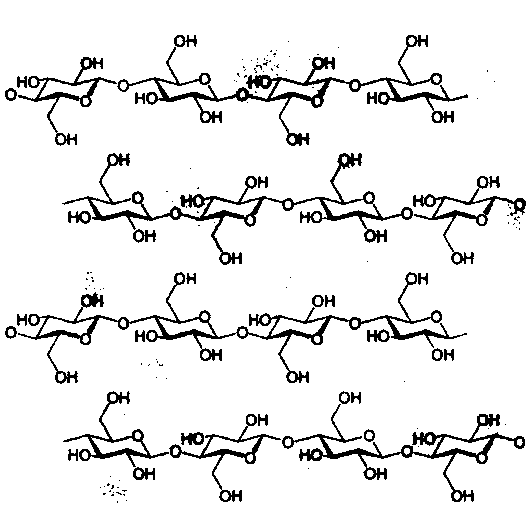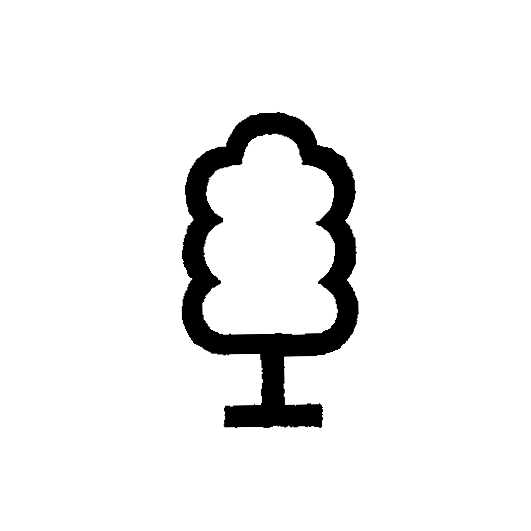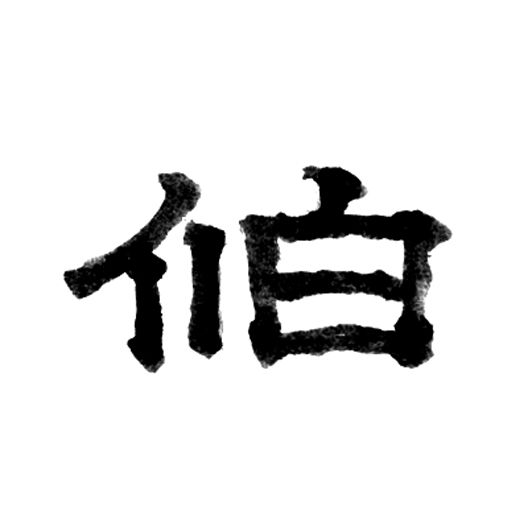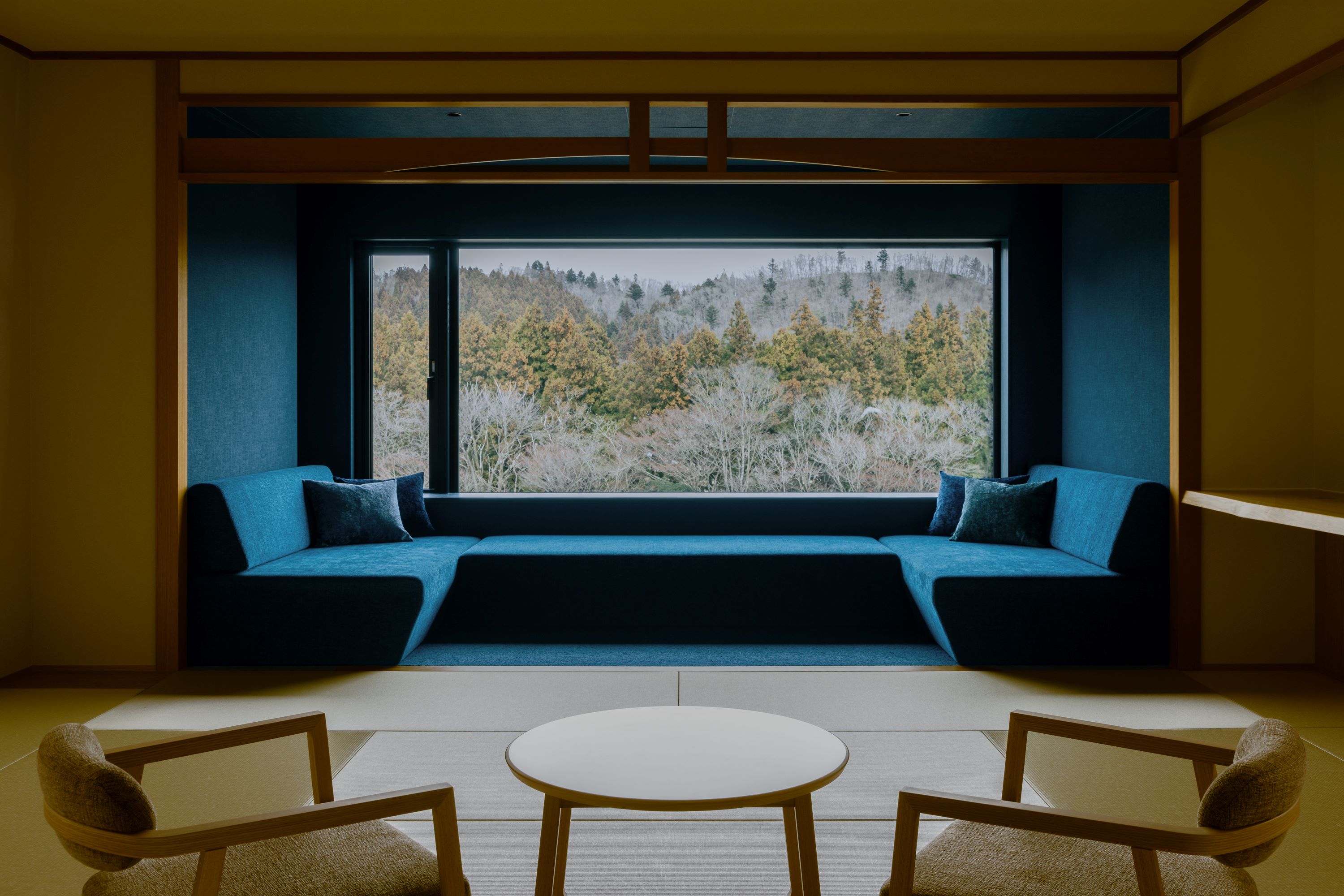
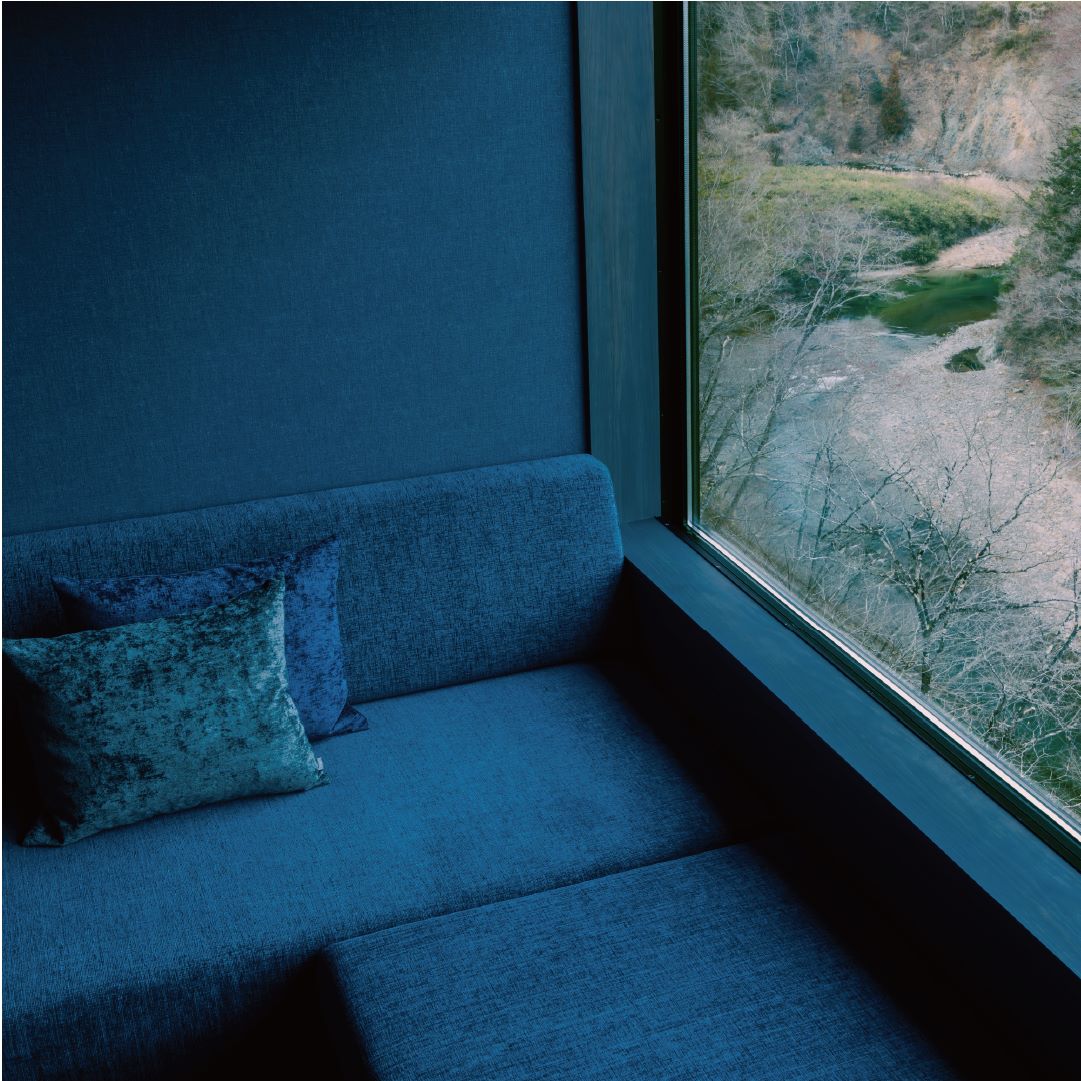
星野リゾート 界 秋保 Hoshino Resorts KAI Akiu 星野集团 界 秋保
- 敷地 site 场地
-
宮城県仙台市太白区秋保町
Miyagi, JAPAN
日本宫城县
- 建築面積 building area 建筑面积
-
4,040㎡
4,040㎡
4,040㎡
- 改修面積 改修面积 renovation area
-
7,561㎡
7,561㎡
7,561㎡
- 設計・監理 design 设计方
-
株式会社小大建築設計事務所
kooo architects
小大建筑设计事务所
- 担当 staff 负责人
-
小嶋伸也・小嶋綾香・泰川惠多朗・中村靖怡・小川恭平
Shinya Kojima, Ayaka Kojima, Keitaro Yasukawa, Yasue Nakamura, Kyohei Ogawa
小岛伸也,小岛绫香,泰川惠多郎,中村靖怡,小川恭平
- 施工 construction 施工
-
佐藤工業株式会社
Sato Kogyo Co., Ltd
佐藤工业株式会社
- 家具製作 furniture production 家具制作
-
株式会社 天童木工・seventh-code 株式会社
TENDO.CO.,LTD・seventh-code
株式会社天童木工・seventh-code 株式会社
- サイン・グラフィックデザイン logo graphic design logo平面设计
-
PINHOLE
PINHOLE
PINHOLE
- 暖簾 noren (entrance curtain) 暖帘
-
有限会社中むら
nakamura inc.
有限会社中むら
- 特注和紙製作(こけし柄) special washi paper production (Kokeshi pattern) 特殊和纸制作(小芥子图案)
-
KAMISM株式会社
KAMISM CO.,LTD.
KAMISM株式会社
- 仙台ガラス sendai glass 仙台玻璃
-
海馬ガラス工房
KAIBA GLASS WORKS
海马玻璃工
- 秋保石 Akiu stone 秋保石
-
SANWA STONE
SANWA STONE
SANWA STONE
- こけし陶器 Kokeshi pottery: 小芥子陶器:
-
石神窯
isigamigama
石神窑
- 風鈴 wind chimes 风铃
-
松笠風鈴 江雲堂
Matsukasa wind chime Koundo
松笠风铃 江云堂
秋保温泉は歴代の天皇、藩主が身体を癒してきた仙台の奥座敷とも呼ばれる温泉地です。秋保温泉のほとりには城下町建設の物資の輸送と行商等、水運として当時の産業や文化発展の支えとなった名取川のせせらぎが聴こえてきます。界 秋保は秋保温泉の中でも奥まった静かな立地で、名取川のすぐそばに佇む、豊かな自然に囲まれた環境にあります。平安時代から陸奥の歌枕の一つとして知られた名取川に浸食された美しい渓谷を、全客室から臨むことができる界 秋保。
私たちはそんな美しい水脈・風景に呼応した色彩、光を、仙台ガラスをはじめとしたご当地の民芸品の美しさと共に取り込みました。
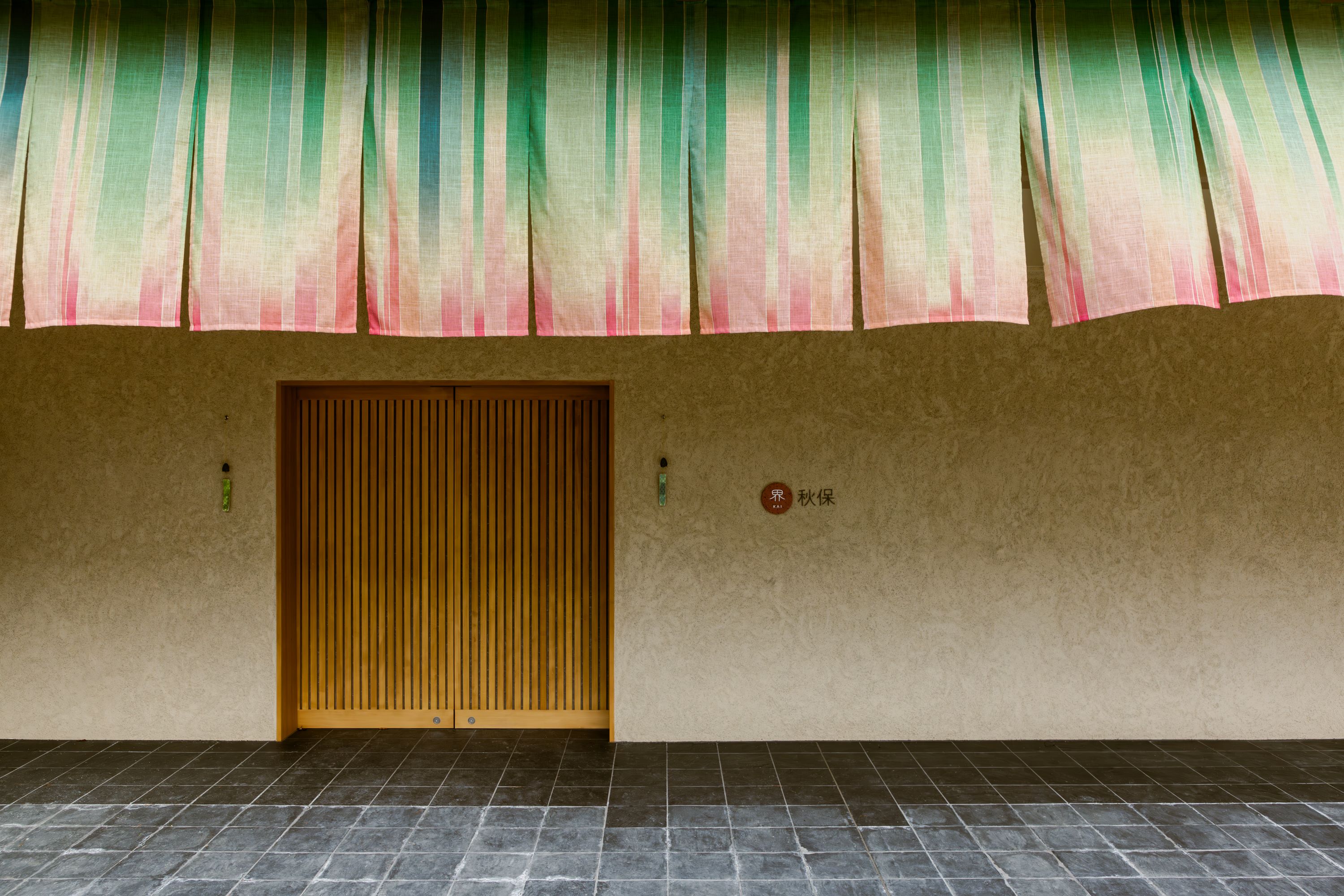 エントランスでは仙台七夕をイメージした暖簾を設置し、「ゲストにより良い滞在をしていただく」という願いの意味を込めて、お出迎えします。
エントランスでは仙台七夕をイメージした暖簾を設置し、「ゲストにより良い滞在をしていただく」という願いの意味を込めて、お出迎えします。
暖簾は七夕の竹や笹をイメージした緑を基調とし、短冊の鮮やかさをピンクのグラデーションで表現しました。

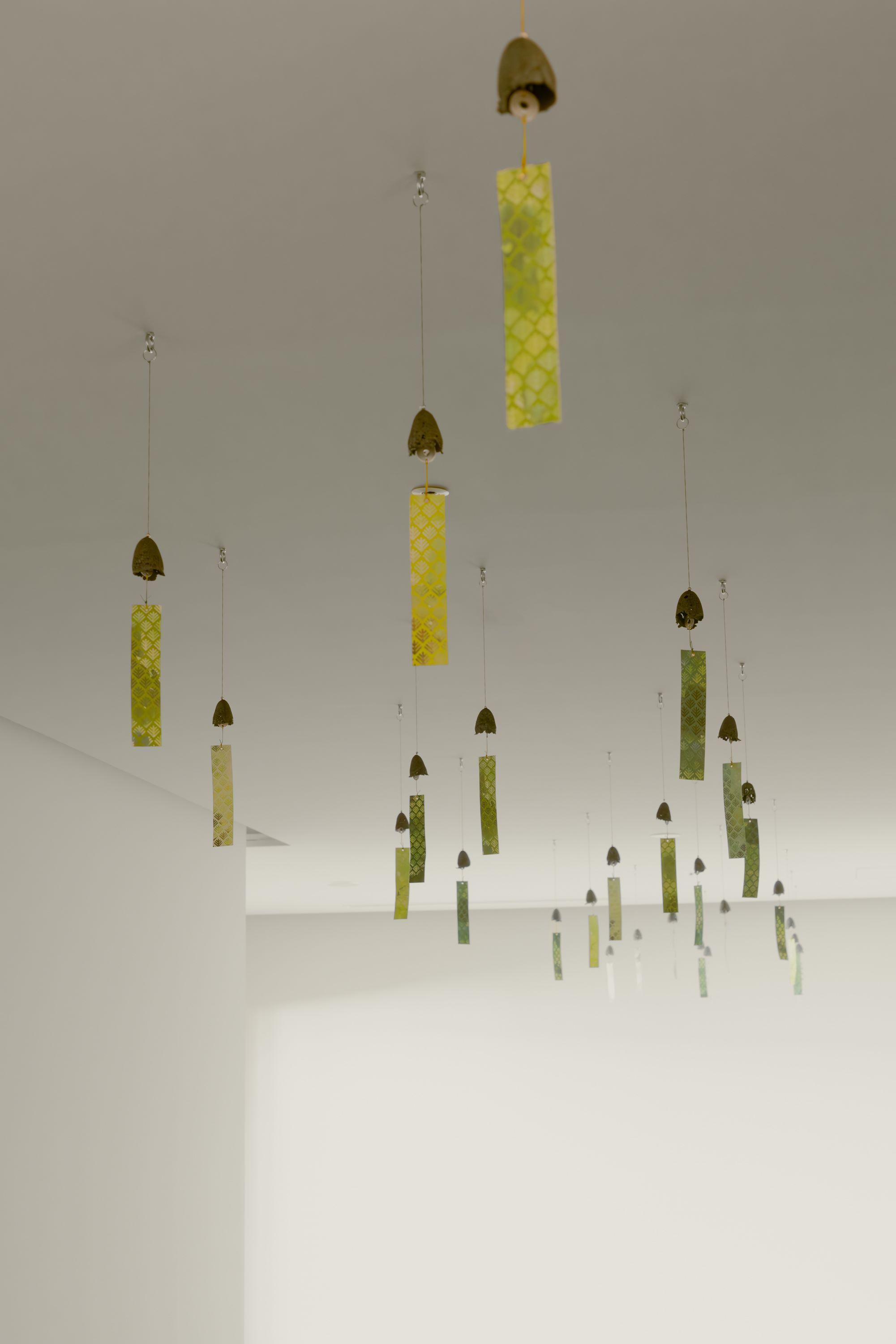 名取川の大地を侵食し生み出された磊々峡から採石される秋保石をメインの施設サインに取り入れました。入口をくぐると古来より魔除けの意味を持つ風鈴の空間が広がり、美しい音色の響きや色彩でゲストをおもてなしします。
名取川の大地を侵食し生み出された磊々峡から採石される秋保石をメインの施設サインに取り入れました。入口をくぐると古来より魔除けの意味を持つ風鈴の空間が広がり、美しい音色の響きや色彩でゲストをおもてなしします。
「松笠風鈴」は400 年前に伊達藩の命を受け始まり、門外不出の技法で伝統を継承してきました。古来よりお守りとして軒先に飾られ、内外の切り替わりでもある風除室に取り入れることにしました。
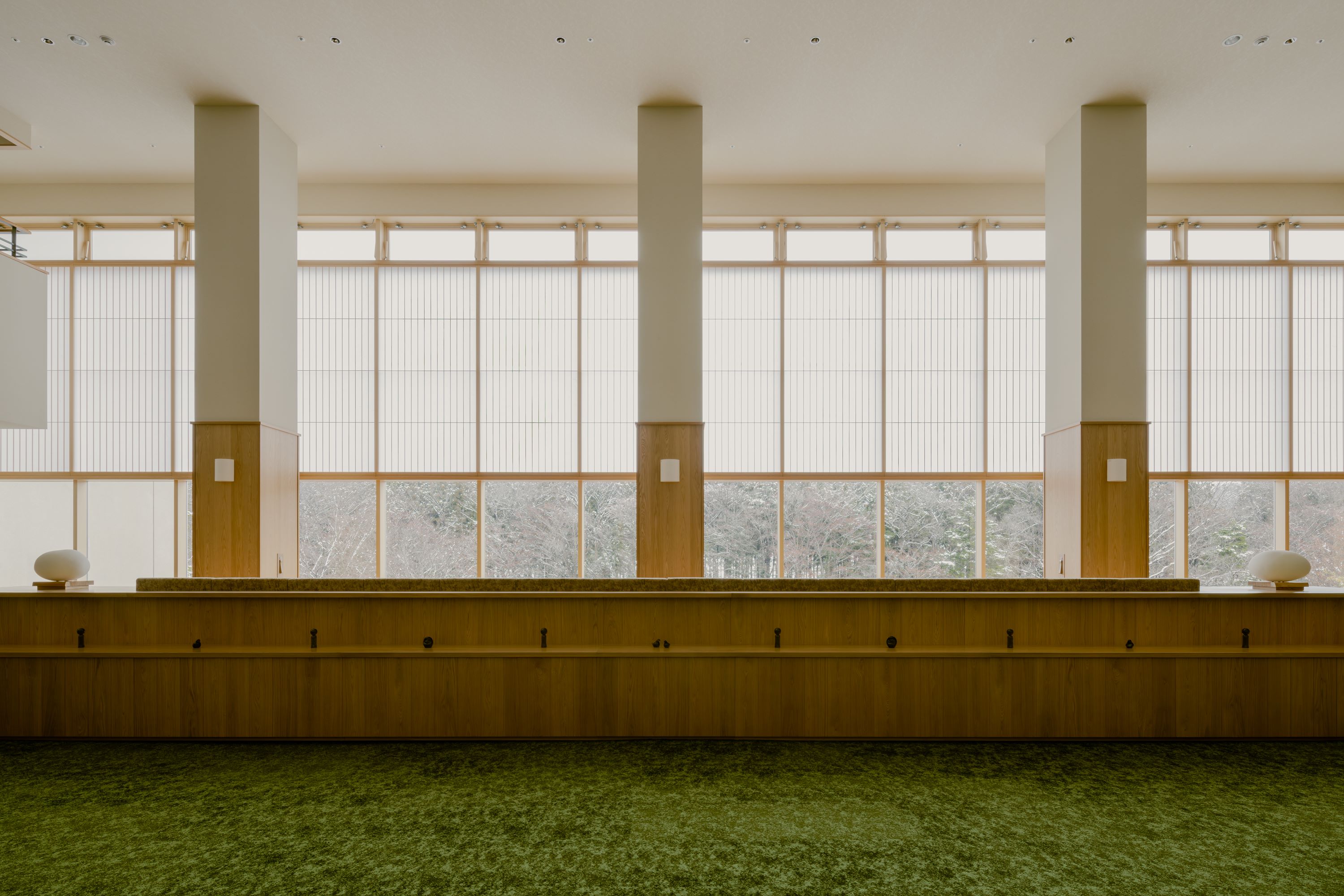
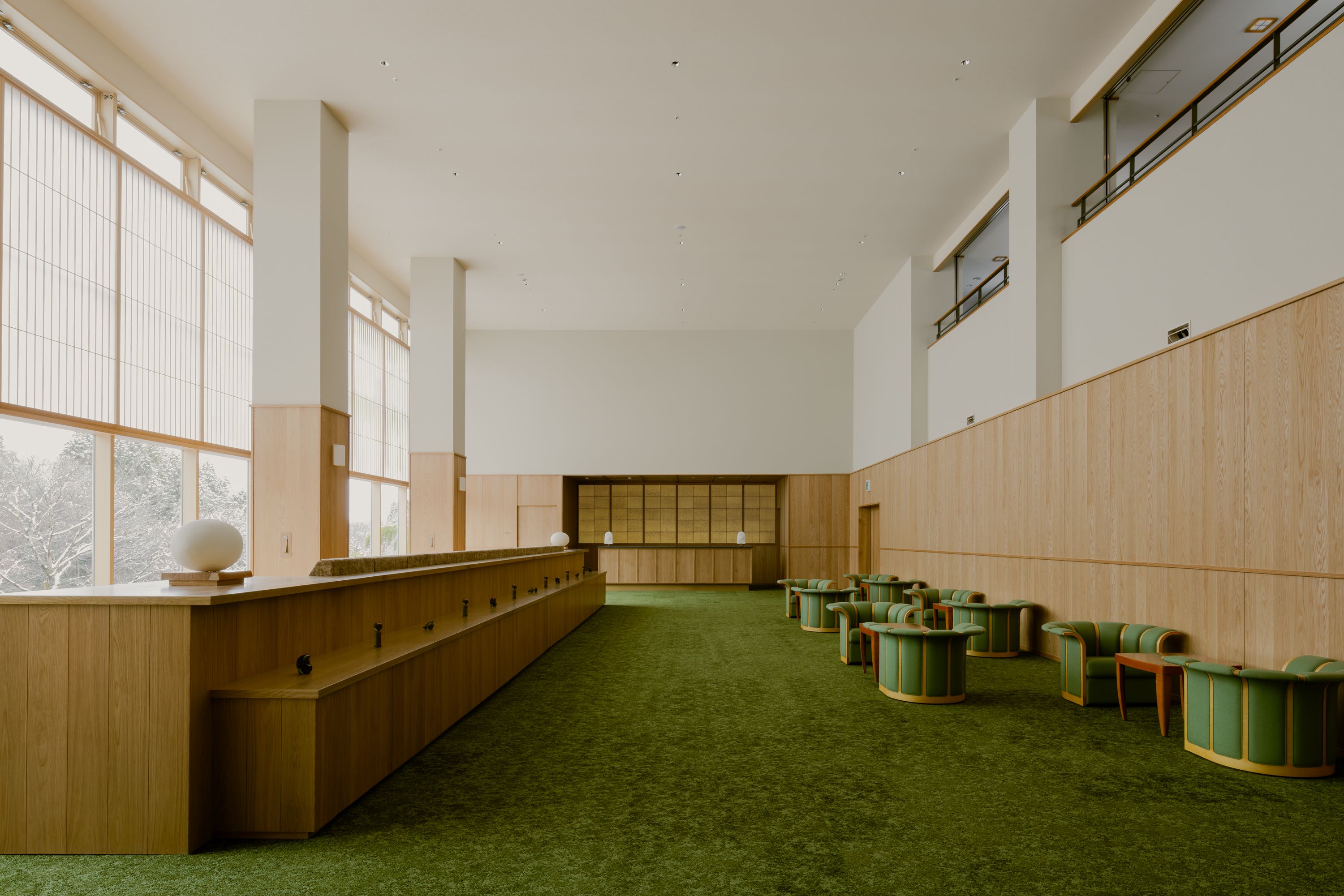
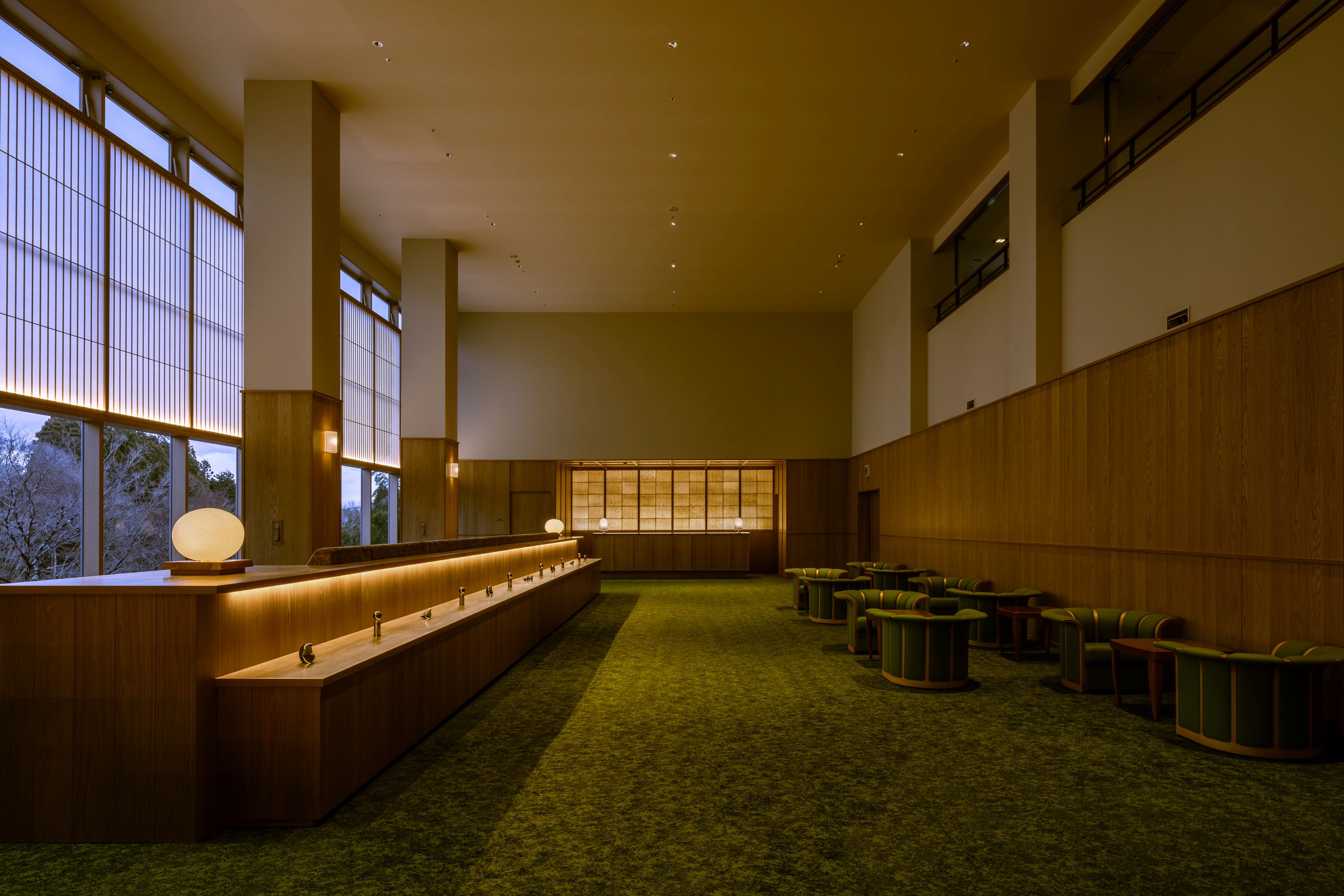 ロビーラウンジでは、緑を基調とした空間としており施設横を流れる名取川や秋保の大自然と一体となった空間で迎えいれることを意図しております。
ロビーラウンジでは、緑を基調とした空間としており施設横を流れる名取川や秋保の大自然と一体となった空間で迎えいれることを意図しております。
大きな開口部はあえて上部に障子を設けることで施設傍らを流れる名取川と渓谷の大自然を同時に目線に飛び込ませるようにしています。
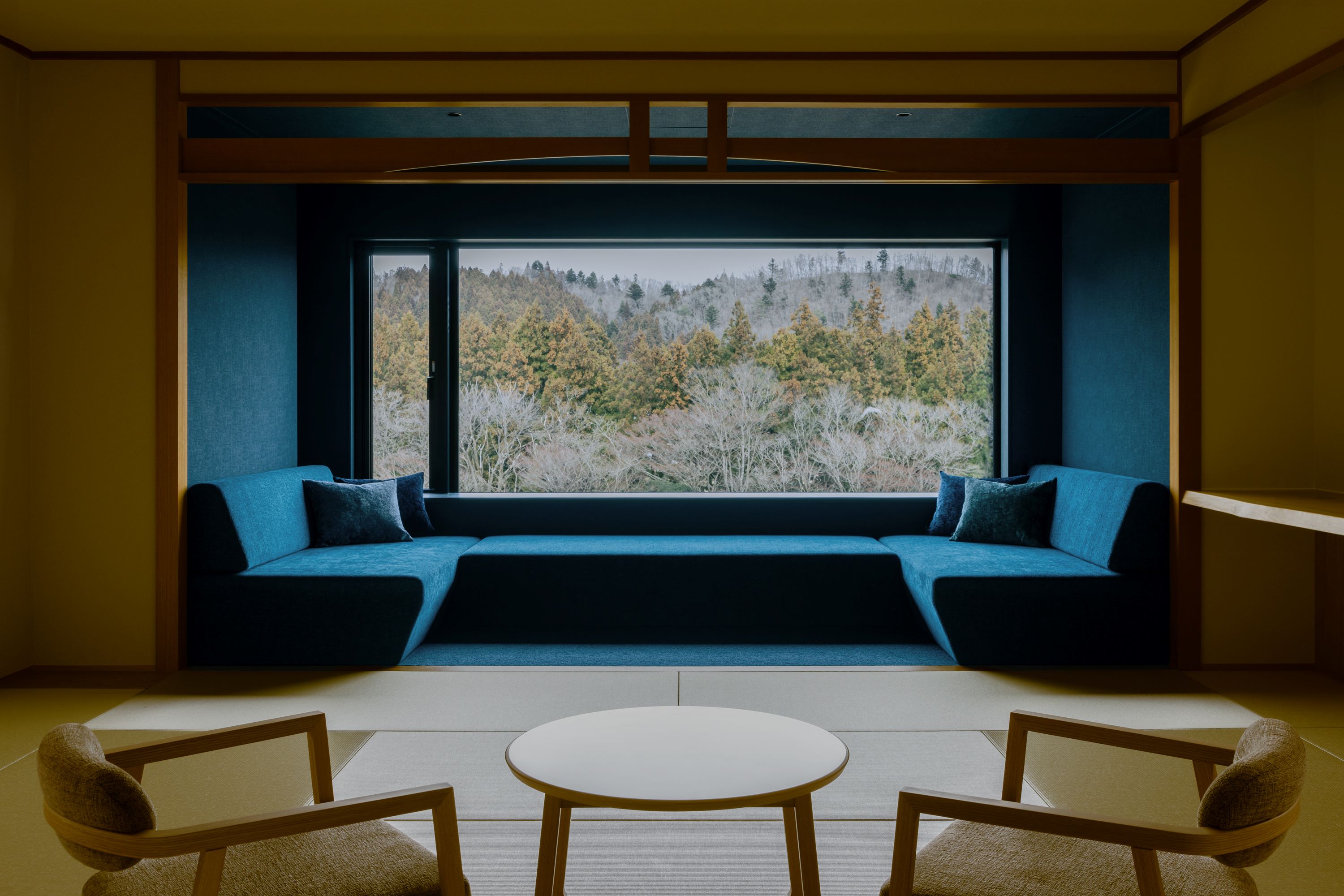
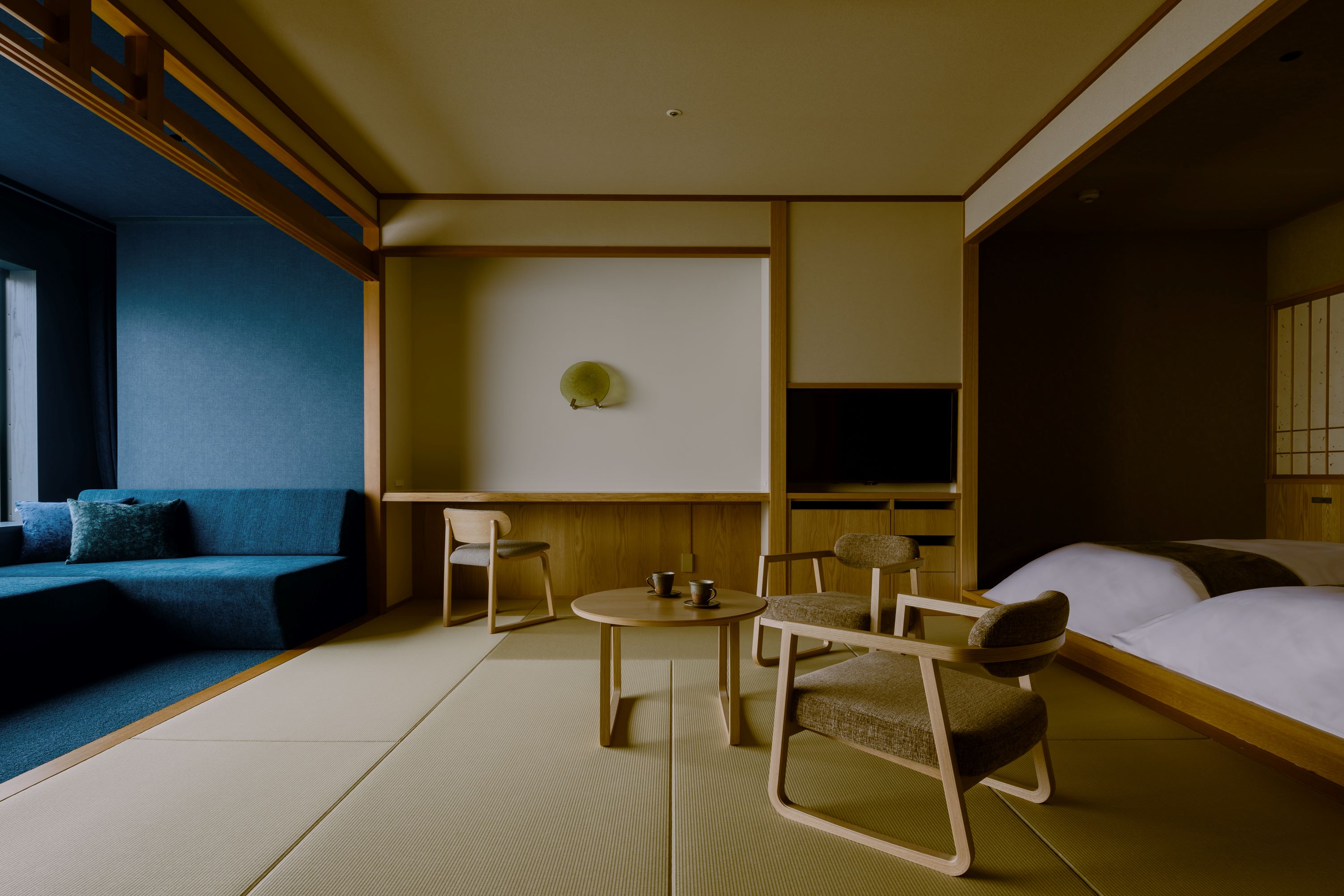
 客室は名取川を眺めることのできる緑と一体化した特別な空間としております。
客室は名取川を眺めることのできる緑と一体化した特別な空間としております。
磊々峡のいにしえに伝わる伝説[紺碧の淵] を色として取り入れ秋保の自然と民話に包まれてもらうことを考えました。
客室廊下には伊達家にゆかりの深い⽉や太陽( 勝⾊⾦⽇の丸)のモチーフから着想した、大胆な満月の襖を設けました。
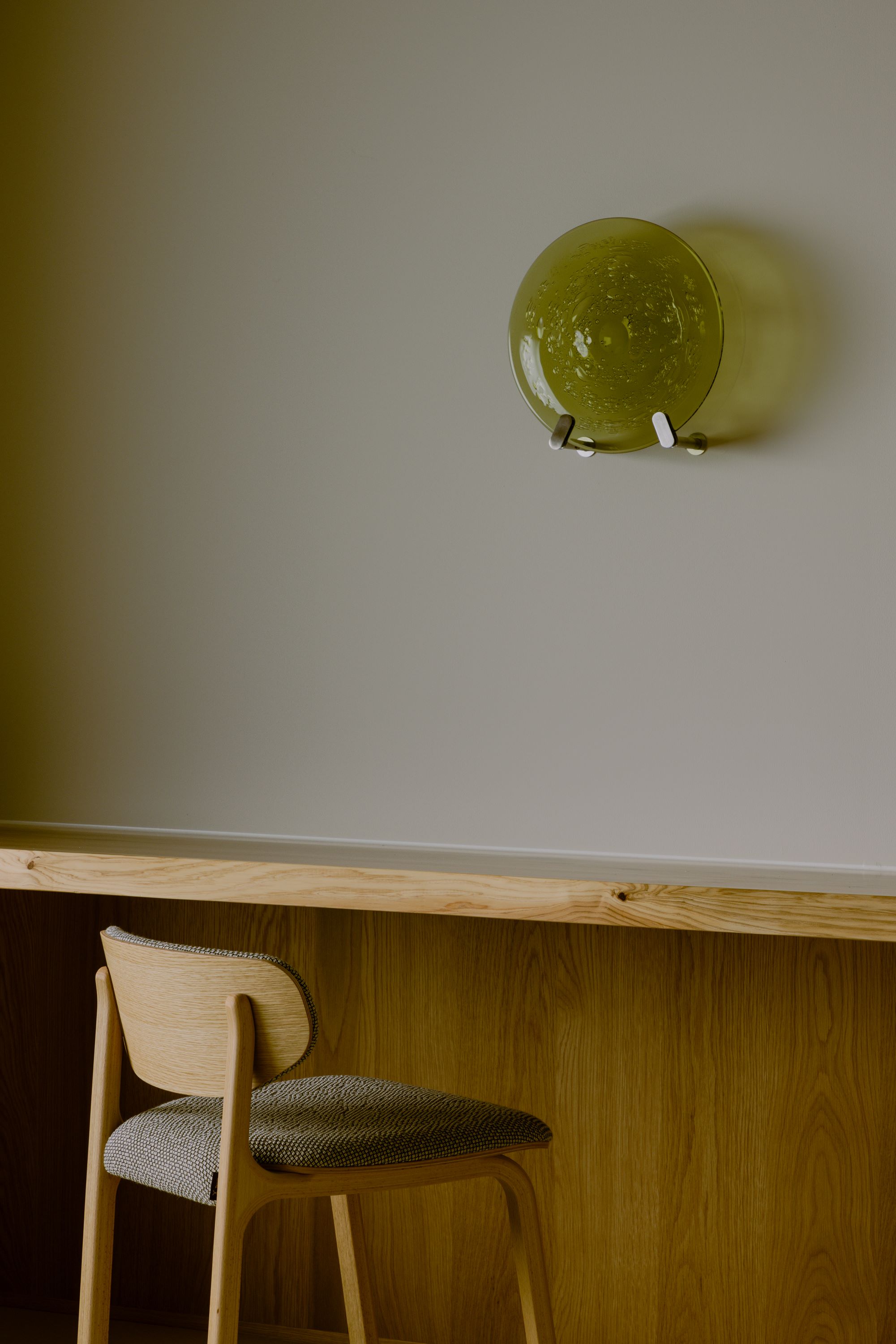
 伊達の城下町仙台で作られていた、現地の砂を使った仙台ガラスアートで現地の川のせせらぎ・水面のきらめきを表現いたしました。
伊達の城下町仙台で作られていた、現地の砂を使った仙台ガラスアートで現地の川のせせらぎ・水面のきらめきを表現いたしました。
落ち着いた設えとしたベッドボードにはひっそりと仙台のご当地工芸のこけし柄を取り入れました。
4 枚建ての襖は横⻑の⾯積を最⼤限活かす為、施設傍らを流れる名取川の穏やかな⽔流をイメージしました。
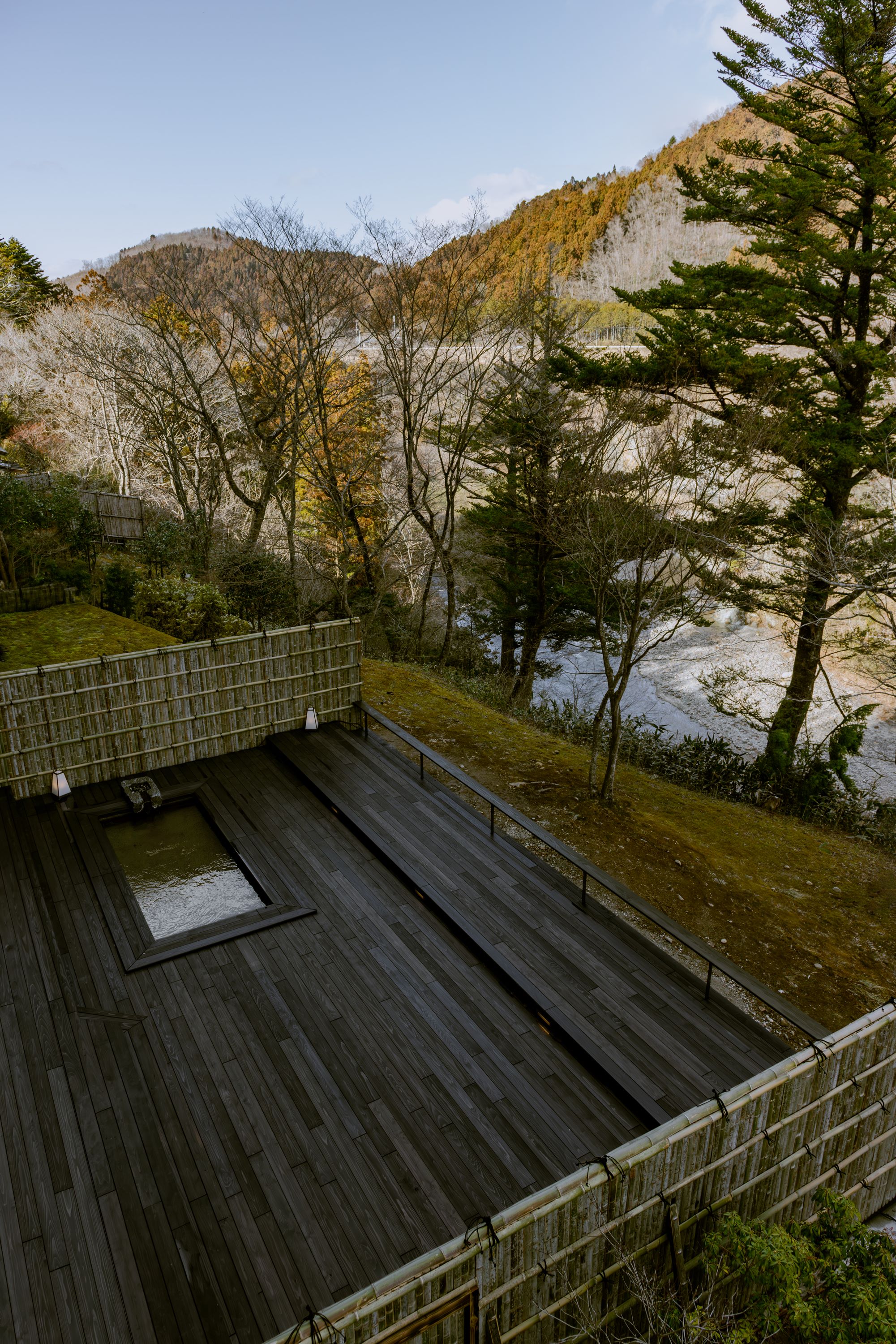

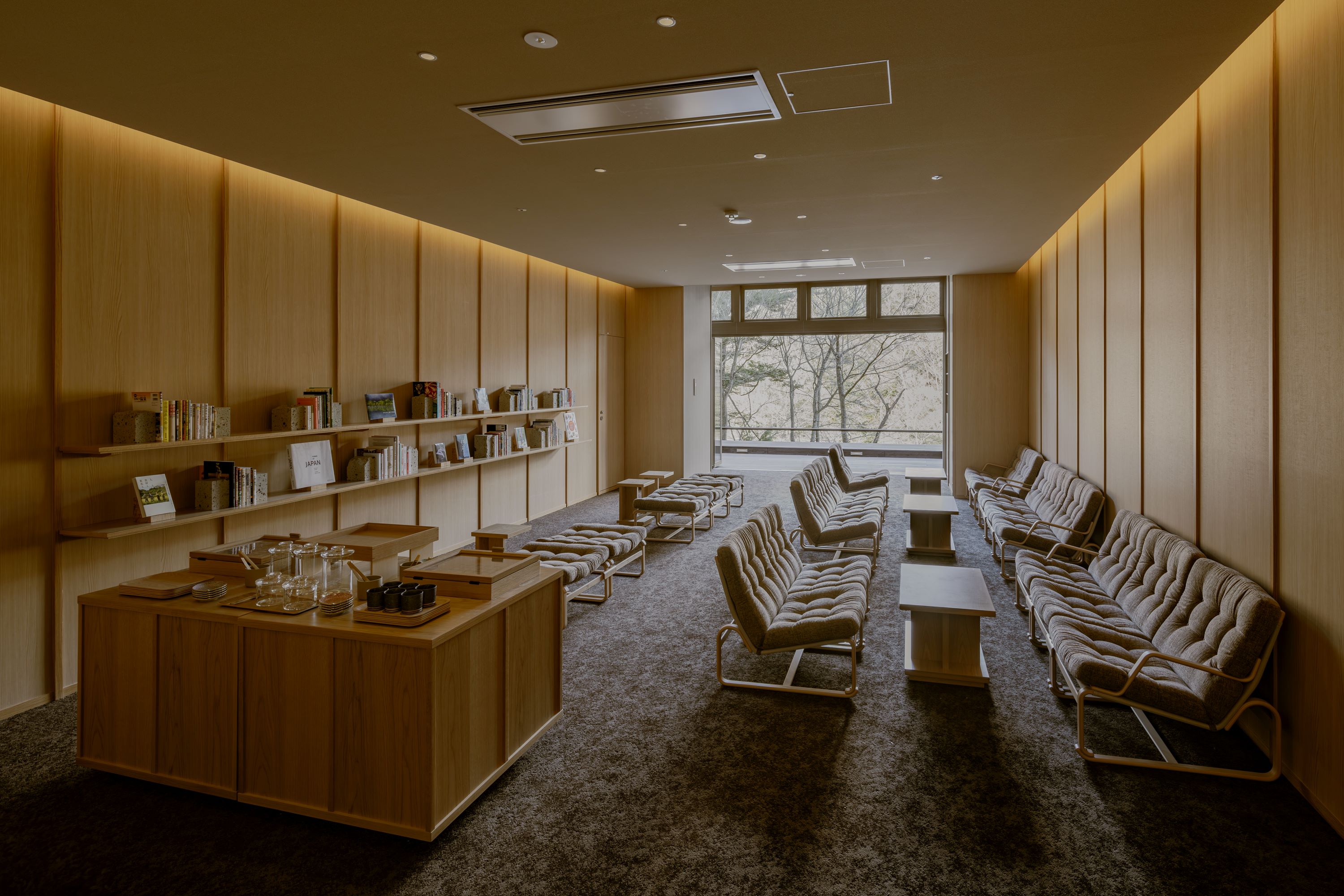 足湯を備えたテラスは渓流のせせらぎや風を五感通して感じることができ、四季折々に移ろう自然の美しさを享受することができます。
足湯を備えたテラスは渓流のせせらぎや風を五感通して感じることができ、四季折々に移ろう自然の美しさを享受することができます。
長く雁⾏した形状が特徴の渡り廊下は、源泉が湧きでて流れゆく秋保の水脈を表現し、湯への期待感を持たせることを考えました。
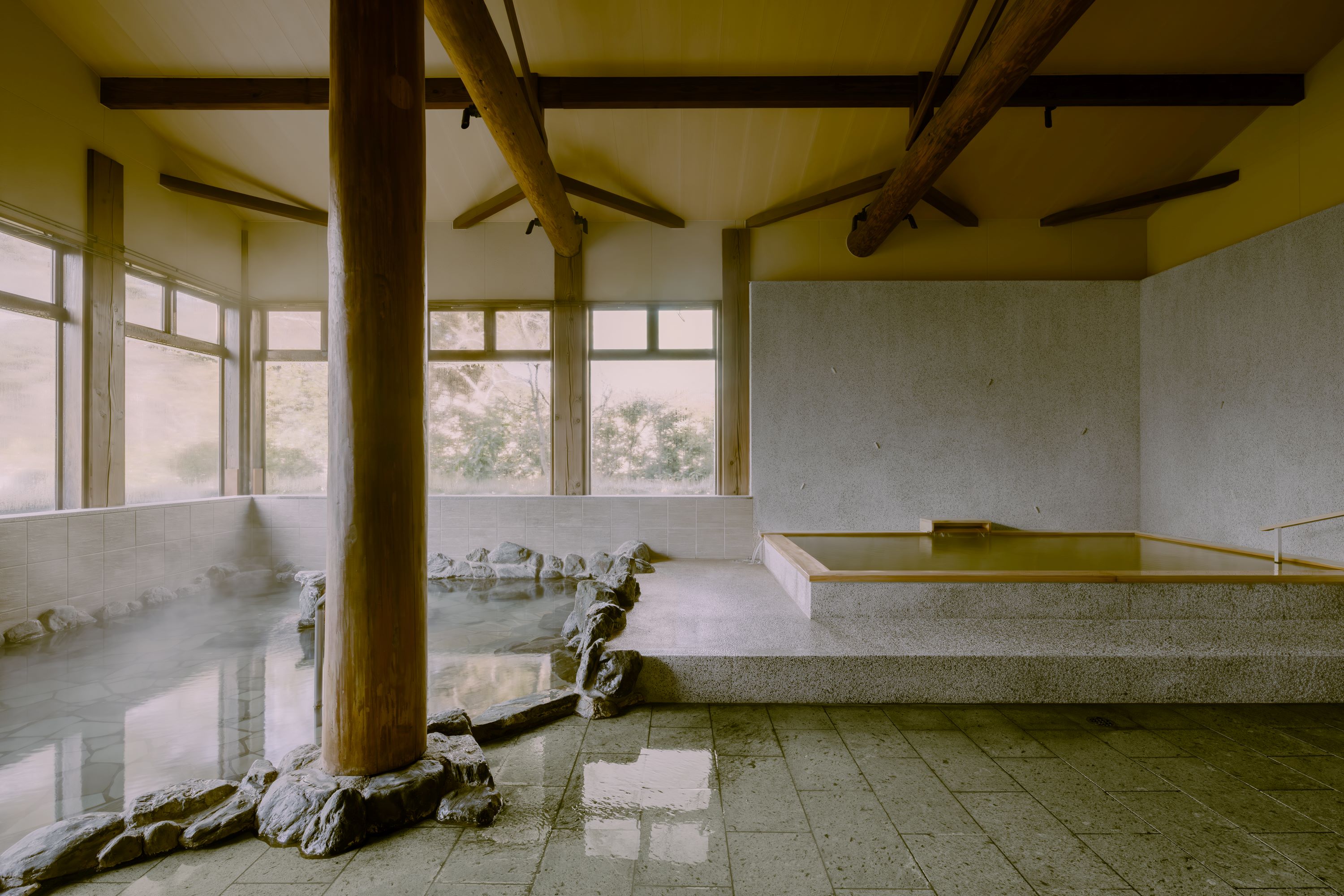
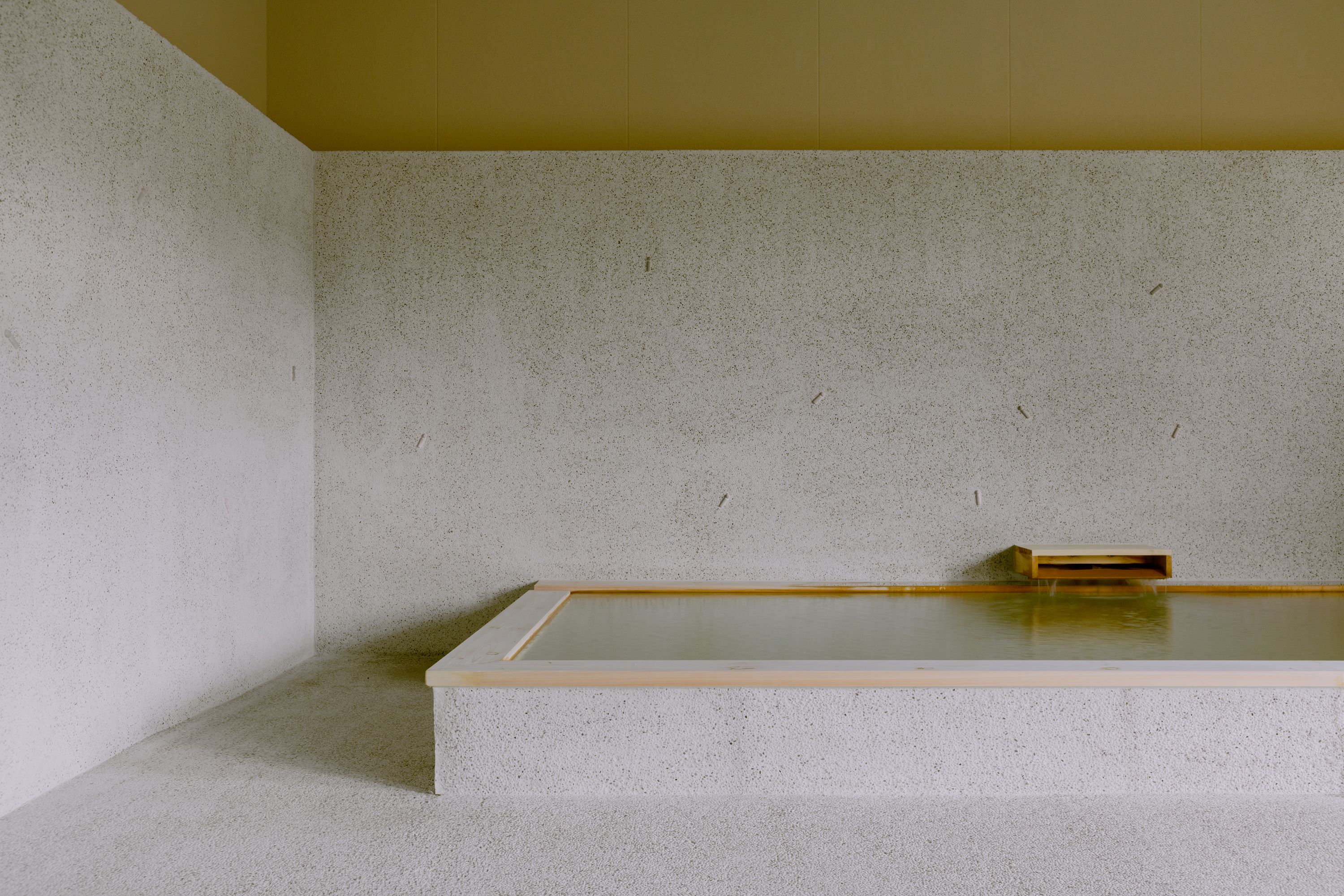 秋保では「名取川」と「埋もれ木」を詠った古歌が数多く残っており、名取川と埋もれ木の情景を感じながら涼み寛げる湯上り処としました。
秋保では「名取川」と「埋もれ木」を詠った古歌が数多く残っており、名取川と埋もれ木の情景を感じながら涼み寛げる湯上り処としました。
温泉ではこけし陶器を洗い出し仕上げに使用し、仙台のご当地を感じる湯舟を計画いたしました。
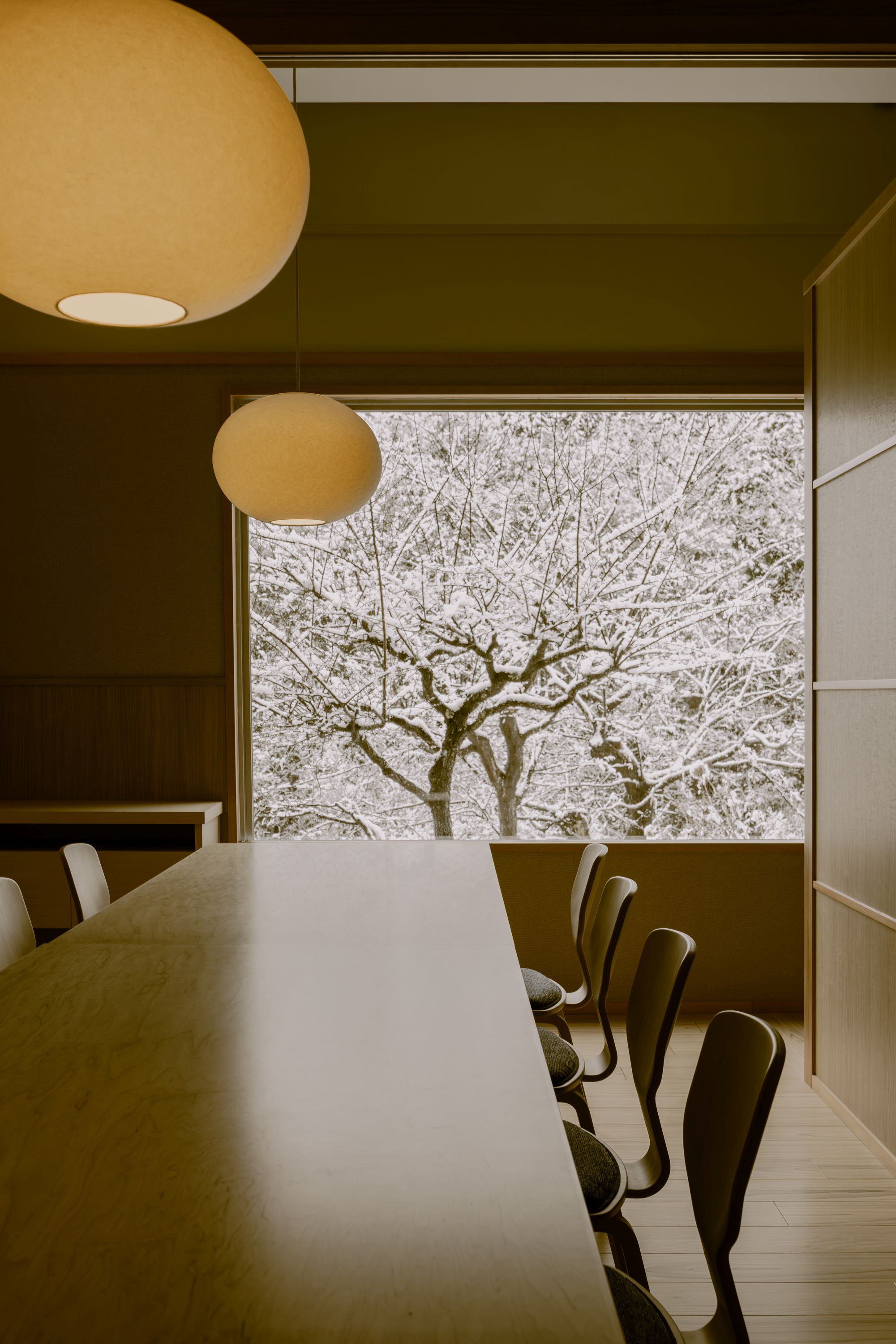 仙台では江戸時代に伊達政宗が食文化として名を広めてきた、仙台米や仙台味噌などが有名です。ゲストにより仙台の食文化に触れながら愉しんでいただくため、お米をテーマとしたお食事処をデザインしました。
仙台では江戸時代に伊達政宗が食文化として名を広めてきた、仙台米や仙台味噌などが有名です。ゲストにより仙台の食文化に触れながら愉しんでいただくため、お米をテーマとしたお食事処をデザインしました。
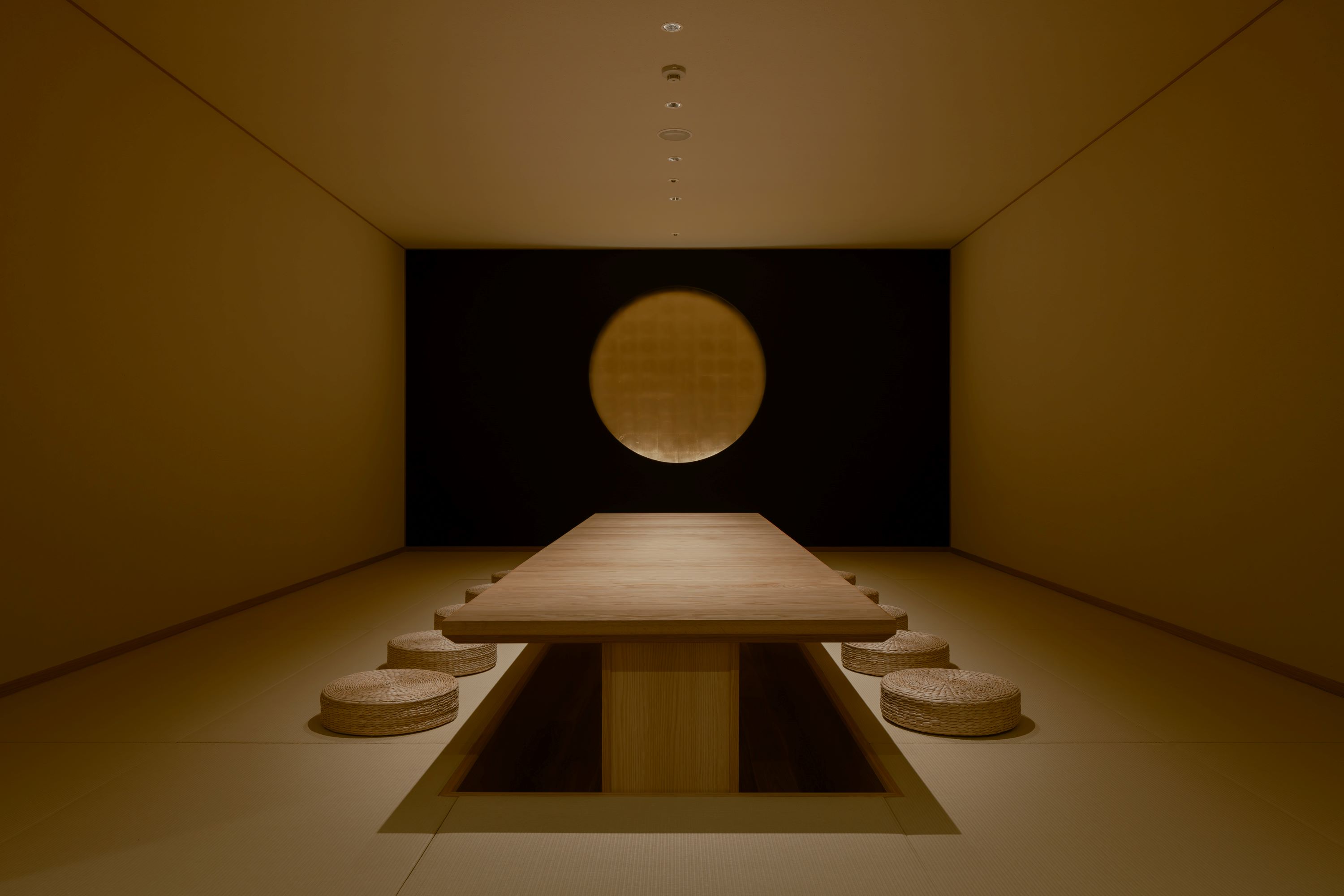 ご当地楽部屋は伊達藩の作法に合う畳を使用し、伊達軍旗である「勝色金の丸の旗」のデザインを施した壁を背景にゲスト方が一つのテーブルを囲み、日本酒を嗜みながら伊達政宗公が大切にした酒席の心得に触れることができます。
ご当地楽部屋は伊達藩の作法に合う畳を使用し、伊達軍旗である「勝色金の丸の旗」のデザインを施した壁を背景にゲスト方が一つのテーブルを囲み、日本酒を嗜みながら伊達政宗公が大切にした酒席の心得に触れることができます。
Akiu Onsen is known as the backyard of Sendai, a hot spring resort where emperors and feudal lords come for healing the body and mind.
At Akiu Onsen, you can hear the murmuring of the Natori River, which supported the industry and cultural development of the time, such as the transportation of materials for the construction of the castle town and commercial trade.
Kai Akiu is located in a secluded and quiet area of Akiu Onsen, surrounded by rich natural environment next to the Natori River. All guest rooms offer views of the beautiful natural scenery formed by the erosion of rocks by the Natori River, famous for its poems in the Mutsu region (now Fukushima, Miyagi, Iwate, and Aomori) since the Heian period. The design incorporates the exquisite local folk art (such as Sendai glass), echoing the colors and light that harmonize with the beautiful mountains and landscapes.
 The entrance is designed with a Japanese-style Noren curtain. The design elements are inspired by the Sendai Tanabata Festival, using green to symbolize bamboo as the base color, and adding a gradient of bright pink to symbolize colorful wish strips. This design conveys a heartfelt wish for guests to have a pleasant stay here.
The entrance is designed with a Japanese-style Noren curtain. The design elements are inspired by the Sendai Tanabata Festival, using green to symbolize bamboo as the base color, and adding a gradient of bright pink to symbolize colorful wish strips. This design conveys a heartfelt wish for guests to have a pleasant stay here.

 The hotel logo features Akiu stone, which is quarried from the Rairaikyo Gorge, formed by the erosion of the Natori River.
The hotel logo features Akiu stone, which is quarried from the Rairaikyo Gorge, formed by the erosion of the Natori River.
Passing through the entrance, a place filled with wind chimes that symbolize exorcism in ancient times. The wonderful and soothing sounds of the wind chimes, along with the refreshing and healing colors, welcome every guest, embodying the warm welcome extended to each guest.
The “Matsukasa Wind Chime” originated 400 years ago under the order of the Date Domain, and has been passed down through generations as a secret technique. Traditionally, it has long been displayed as a protective charm under the eaves, and we have decided to incorporate it into the entrance, serving as a transition between indoors and outdoors.


 The lobby is designed with green as the main color, blending with the natural scenery of Natori River next to the hotel. Above the spacious floor-to-ceiling windows, Japanese paper shoji screens are designed to help people focus more on the natural beauty of the Natori River and the valley.
The lobby is designed with green as the main color, blending with the natural scenery of Natori River next to the hotel. Above the spacious floor-to-ceiling windows, Japanese paper shoji screens are designed to help people focus more on the natural beauty of the Natori River and the valley.
The front desk is constructed using local Shiraishi Japanese paper to create a play of light and shadow, presenting a warm atmosphere that is gently enveloping and reflective of the local environment.


 The guest rooms offer views of the natural scenery of the Natori River, blending with the landscape in a deep green hue. The color scheme of the space is inspired by the ancient legend of the Rairaikyo Gorge, known as “The Azure Abyss.” Using this legend as the main theme, we hope guests can immerse themselves in the natural beauty and folklore of Akiu.
The guest rooms offer views of the natural scenery of the Natori River, blending with the landscape in a deep green hue. The color scheme of the space is inspired by the ancient legend of the Rairaikyo Gorge, known as “The Azure Abyss.” Using this legend as the main theme, we hope guests can immerse themselves in the natural beauty and folklore of Akiu.
In the corridors of the guest rooms, we have installed bold sliding doors featuring motifs of the full moon, deeply connected to the Date clan. These motifs are inspired by the moon and sun symbols (Kachiiro kin-Hinomaru) associated with the Date Domain, creating a striking design element.

 The Sendai glass artworks from the Date castle town are made from locally sourced sand. The patterns replicate the flowing water and ripples of the local area.
The Sendai glass artworks from the Date castle town are made from locally sourced sand. The patterns replicate the flowing water and ripples of the local area.
The bedboards are designed to create a calm atmosphere, and we have subtly incorporated the kokeshi pattern, a local craft of Sendai, into them.
The four-panel sliding doors are designed to maximize the use of horizontal space, and they are inspired by the gentle flow of the Natori River that flows alongside the facility.


 The terrace, equipped with a foot bath, allows you to feel the murmuring of the stream and the wind through your senses, enabling you to enjoy the beauty of nature that changes with the seasons.
The terrace, equipped with a foot bath, allows you to feel the murmuring of the stream and the wind through your senses, enabling you to enjoy the beauty of nature that changes with the seasons.
The corridor, designed in a staggered layout, showcases the flowing water of Akiu, enhancing the anticipation of the hot spring experience for guests.

 The post-bath resting area showcases the Natori River and sunken wood of Akiu, celebrated in countless ancient poems. It allows guests to immerse themselves in this beautiful scenery and relax both body and mind.
The post-bath resting area showcases the Natori River and sunken wood of Akiu, celebrated in countless ancient poems. It allows guests to immerse themselves in this beautiful scenery and relax both body and mind.
The walls of the hot spring room are made of exposed aggregate concrete with local Sendai characteristics, incorporating kokeshi pottery.
 During the Edo period, Date Masamune elevated the reputation of Sendai’s food culture, making Sendai rice and Sendai miso famous. The restaurant is designed with rice as the theme, allowing guests to not only enjoy a pleasant dining experience but also to experience Sendai’s food culture.
During the Edo period, Date Masamune elevated the reputation of Sendai’s food culture, making Sendai rice and Sendai miso famous. The restaurant is designed with rice as the theme, allowing guests to not only enjoy a pleasant dining experience but also to experience Sendai’s food culture.
 The Local Music Room features tatami mats that adhere to the etiquette of the Date Domain. Guests can sit around a table with a backdrop of walls designed with the Date clan flag, “Kachiirokin no Maru.” Here, they can enjoy Japanese sake and experience the spirit of Date Masamune’s cherished drinking gatherings.
The Local Music Room features tatami mats that adhere to the etiquette of the Date Domain. Guests can sit around a table with a backdrop of walls designed with the Date clan flag, “Kachiirokin no Maru.” Here, they can enjoy Japanese sake and experience the spirit of Date Masamune’s cherished drinking gatherings.
秋保温泉被称为仙台的后花园,是天皇与藩主疗养身心的温泉胜地。
在秋保温泉可以听到来自名取川的潺潺流水声,当时支撑着城下町建设物资运输和商业贸易等水上交通的产业和文化发展。
界秋保位于秋保温泉中一个位置幽静的地方,坐落在名取川旁边,被丰富的自然环境所环绕。
的全部客房都能欣赏到在平安时期因陸奥地区(现福岛、宫城、岩手、青森)的诗歌题材闻名的名取川侵蚀岩石而形成的自然美景。从平安时代起,以陸奥地区(现福岛、宫城、岩手、青森)的诗歌题材而闻名的名取川侵蚀出的美丽溪谷,界秋保的全部客房都可以欣赏到。
空间设计融入了当地的民间艺术(例如,仙台玻璃等)的精美之处,与美妙的山脉和风景相呼应的色彩和光线。
 入口设计了具有日式风格的暖帘(Noren)。
入口设计了具有日式风格的暖帘(Noren)。
设计元素来源于仙台七夕节,使用象征竹子的绿色作为基调、加入渐变的鲜艳粉色,象征五彩缤纷的心愿条。
隐含了《愿旅客在此度过愉快的旅居》的衷心祝愿。

 旅馆logo采用了因被名取川侵蚀而形成的磊磊峡上采取的秋保石。
旅馆logo采用了因被名取川侵蚀而形成的磊磊峡上采取的秋保石。
穿过入口来到的空间,使用了在古代具有驱魔象征意义的风铃。
美妙动听的风铃声和清新治愈的色彩迎接每一位旅客,包含了对旅客倒屣相迎的热情。
“松笠风铃”始于400年前,由伊达藩下令,作为秘密技术传承下来。 它自古以来就作为护身符展示在屋檐下,我们决定将它纳入门斗,同时也作为室内外的过渡。


 大堂引入绿色作为基调,与旅馆旁侧的名取川/自然风景构成一体。
大堂引入绿色作为基调,与旅馆旁侧的名取川/自然风景构成一体。
宽敞的落地窗上方设计了和纸障子,让人能更专注与名取川和溪谷的自然美景之中。
前台使用当地的白石和纸打造光影效应,呈现出被柔和包裹的当地的温暖氛围。


 客房可以俯瞰名取川的自然风景,与黛绿色的景观融为一体。
客房可以俯瞰名取川的自然风景,与黛绿色的景观融为一体。
空间的色彩来源于磊磊峡的古老传说《绀蓝之渊》。将其作为主要色调,希望客人沉浸在秋保的自然风景与民间传说中。
我们在客房走廊设计了满月图案的福司马(袄,唐纸横拉门)。
伊达城下町的仙台玻璃艺术品由当地的砂制成。
图案再现了当地的流水和水波。

 设计灵感来源于与伊达家族有着密切联系的月亮和太阳(胜色金之园的旗)。
设计灵感来源于与伊达家族有着密切联系的月亮和太阳(胜色金之园的旗)。
展现出舒适静谧的床头,融入了仙台当地的工艺《小芥子》图案。
4扇宽大的福司马(袄,唐纸推拉门)融入了流水的设计灵感,再现了名取川风平浪静,岁月静好的自然景致。


 在阳台能尽情享受溪流的水声和风给五感带来的刺激。
在阳台能尽情享受溪流的水声和风给五感带来的刺激。
体验天然温泉足疗之时,欣赏四季变化的自然美景。
利用呈雁行状分布的走廊,展现了秋保一涌而出的流水。
使旅客们对温泉体验更充满期待。

 浴后休息间再现了被不计其数的古诗歌所歌颂的秋保名取川和阴沉木。
浴后休息间再现了被不计其数的古诗歌所歌颂的秋保名取川和阴沉木。
温泉室的墙所使用的水洗石里融入了仙台当地特色的小芥子陶器。
让旅客可以沉静在此美景中,放松身心。
 江户时期,伊达政宗提升了仙台饮食文化的知名度,例如仙台米和仙台味增也因此而闻名。
江户时期,伊达政宗提升了仙台饮食文化的知名度,例如仙台米和仙台味增也因此而闻名。
餐厅设计以大米为主题,为旅客提供愉快地用餐体验之时,也能感受到仙台的饮食文化。
 当地乐的房间使用遵循伊达藩礼仪的榻榻米,背景墙融入了伊达军旗的《胜色金之圆的旗》的设计元素。
当地乐的房间使用遵循伊达藩礼仪的榻榻米,背景墙融入了伊达军旗的《胜色金之圆的旗》的设计元素。
旅客们围桌而坐,品尝日本酒之间,也能体验伊达政宗所珍爱的酒席心得。
READ MORE SHOW LESS
- 敷地 site 场地
-
宮城県仙台市太白区秋保町
Miyagi, JAPAN
日本宫城县
- 建築面積 building area 建筑面积
-
4,040㎡
4,040㎡
4,040㎡
- 改修面積 改修面积 renovation area
-
7,561㎡
7,561㎡
7,561㎡
- 設計・監理 design 设计方
-
株式会社小大建築設計事務所
kooo architects
小大建筑设计事务所
- 担当 staff 负责人
-
小嶋伸也・小嶋綾香・泰川惠多朗・中村靖怡・小川恭平
Shinya Kojima, Ayaka Kojima, Keitaro Yasukawa, Yasue Nakamura, Kyohei Ogawa
小岛伸也,小岛绫香,泰川惠多郎,中村靖怡,小川恭平
- 施工 construction 施工
-
佐藤工業株式会社
Sato Kogyo Co., Ltd
佐藤工业株式会社
- 家具製作 furniture production 家具制作
-
株式会社 天童木工・seventh-code 株式会社
TENDO.CO.,LTD・seventh-code
株式会社天童木工・seventh-code 株式会社
- サイン・グラフィックデザイン logo graphic design logo平面设计
-
PINHOLE
PINHOLE
PINHOLE
- 暖簾 noren (entrance curtain) 暖帘
-
有限会社中むら
nakamura inc.
有限会社中むら
- 特注和紙製作(こけし柄) special washi paper production (Kokeshi pattern) 特殊和纸制作(小芥子图案)
-
KAMISM株式会社
KAMISM CO.,LTD.
KAMISM株式会社
- 仙台ガラス sendai glass 仙台玻璃
-
海馬ガラス工房
KAIBA GLASS WORKS
海马玻璃工
- 秋保石 Akiu stone 秋保石
-
SANWA STONE
SANWA STONE
SANWA STONE
- こけし陶器 Kokeshi pottery: 小芥子陶器:
-
石神窯
isigamigama
石神窑
- 風鈴 wind chimes 风铃
-
松笠風鈴 江雲堂
Matsukasa wind chime Koundo
松笠风铃 江云堂
PROJECT DATA SHOW LESS
秋保温泉は歴代の天皇、藩主が身体を癒してきた仙台の奥座敷とも呼ばれる温泉地です。秋保温泉のほとりには城下町建設の物資の輸送と行商等、水運として当時の産業や文化発展の支えとなった名取川のせせらぎが聴こえてきます。界 秋保は秋保温泉の中でも奥まった静かな立地で、名取川のすぐそばに佇む、豊かな自然に囲まれた環境にあります。平安時代から陸奥の歌枕の一つとして知られた名取川に浸食された美しい渓谷を、全客室から臨むことができる界 秋保。
私たちはそんな美しい水脈・風景に呼応した色彩、光を、仙台ガラスをはじめとしたご当地の民芸品の美しさと共に取り込みました。
 エントランスでは仙台七夕をイメージした暖簾を設置し、「ゲストにより良い滞在をしていただく」という願いの意味を込めて、お出迎えします。
エントランスでは仙台七夕をイメージした暖簾を設置し、「ゲストにより良い滞在をしていただく」という願いの意味を込めて、お出迎えします。
暖簾は七夕の竹や笹をイメージした緑を基調とし、短冊の鮮やかさをピンクのグラデーションで表現しました。

 名取川の大地を侵食し生み出された磊々峡から採石される秋保石をメインの施設サインに取り入れました。入口をくぐると古来より魔除けの意味を持つ風鈴の空間が広がり、美しい音色の響きや色彩でゲストをおもてなしします。
名取川の大地を侵食し生み出された磊々峡から採石される秋保石をメインの施設サインに取り入れました。入口をくぐると古来より魔除けの意味を持つ風鈴の空間が広がり、美しい音色の響きや色彩でゲストをおもてなしします。
「松笠風鈴」は400 年前に伊達藩の命を受け始まり、門外不出の技法で伝統を継承してきました。古来よりお守りとして軒先に飾られ、内外の切り替わりでもある風除室に取り入れることにしました。


 ロビーラウンジでは、緑を基調とした空間としており施設横を流れる名取川や秋保の大自然と一体となった空間で迎えいれることを意図しております。
ロビーラウンジでは、緑を基調とした空間としており施設横を流れる名取川や秋保の大自然と一体となった空間で迎えいれることを意図しております。
大きな開口部はあえて上部に障子を設けることで施設傍らを流れる名取川と渓谷の大自然を同時に目線に飛び込ませるようにしています。


 客室は名取川を眺めることのできる緑と一体化した特別な空間としております。
客室は名取川を眺めることのできる緑と一体化した特別な空間としております。
磊々峡のいにしえに伝わる伝説[紺碧の淵] を色として取り入れ秋保の自然と民話に包まれてもらうことを考えました。
客室廊下には伊達家にゆかりの深い⽉や太陽( 勝⾊⾦⽇の丸)のモチーフから着想した、大胆な満月の襖を設けました。

 伊達の城下町仙台で作られていた、現地の砂を使った仙台ガラスアートで現地の川のせせらぎ・水面のきらめきを表現いたしました。
伊達の城下町仙台で作られていた、現地の砂を使った仙台ガラスアートで現地の川のせせらぎ・水面のきらめきを表現いたしました。
落ち着いた設えとしたベッドボードにはひっそりと仙台のご当地工芸のこけし柄を取り入れました。
4 枚建ての襖は横⻑の⾯積を最⼤限活かす為、施設傍らを流れる名取川の穏やかな⽔流をイメージしました。


 足湯を備えたテラスは渓流のせせらぎや風を五感通して感じることができ、四季折々に移ろう自然の美しさを享受することができます。
足湯を備えたテラスは渓流のせせらぎや風を五感通して感じることができ、四季折々に移ろう自然の美しさを享受することができます。
長く雁⾏した形状が特徴の渡り廊下は、源泉が湧きでて流れゆく秋保の水脈を表現し、湯への期待感を持たせることを考えました。

 秋保では「名取川」と「埋もれ木」を詠った古歌が数多く残っており、名取川と埋もれ木の情景を感じながら涼み寛げる湯上り処としました。
秋保では「名取川」と「埋もれ木」を詠った古歌が数多く残っており、名取川と埋もれ木の情景を感じながら涼み寛げる湯上り処としました。
温泉ではこけし陶器を洗い出し仕上げに使用し、仙台のご当地を感じる湯舟を計画いたしました。
 仙台では江戸時代に伊達政宗が食文化として名を広めてきた、仙台米や仙台味噌などが有名です。ゲストにより仙台の食文化に触れながら愉しんでいただくため、お米をテーマとしたお食事処をデザインしました。
仙台では江戸時代に伊達政宗が食文化として名を広めてきた、仙台米や仙台味噌などが有名です。ゲストにより仙台の食文化に触れながら愉しんでいただくため、お米をテーマとしたお食事処をデザインしました。
 ご当地楽部屋は伊達藩の作法に合う畳を使用し、伊達軍旗である「勝色金の丸の旗」のデザインを施した壁を背景にゲスト方が一つのテーブルを囲み、日本酒を嗜みながら伊達政宗公が大切にした酒席の心得に触れることができます。
ご当地楽部屋は伊達藩の作法に合う畳を使用し、伊達軍旗である「勝色金の丸の旗」のデザインを施した壁を背景にゲスト方が一つのテーブルを囲み、日本酒を嗜みながら伊達政宗公が大切にした酒席の心得に触れることができます。
Akiu Onsen is known as the backyard of Sendai, a hot spring resort where emperors and feudal lords come for healing the body and mind.
At Akiu Onsen, you can hear the murmuring of the Natori River, which supported the industry and cultural development of the time, such as the transportation of materials for the construction of the castle town and commercial trade.
Kai Akiu is located in a secluded and quiet area of Akiu Onsen, surrounded by rich natural environment next to the Natori River. All guest rooms offer views of the beautiful natural scenery formed by the erosion of rocks by the Natori River, famous for its poems in the Mutsu region (now Fukushima, Miyagi, Iwate, and Aomori) since the Heian period. The design incorporates the exquisite local folk art (such as Sendai glass), echoing the colors and light that harmonize with the beautiful mountains and landscapes.
 The entrance is designed with a Japanese-style Noren curtain. The design elements are inspired by the Sendai Tanabata Festival, using green to symbolize bamboo as the base color, and adding a gradient of bright pink to symbolize colorful wish strips. This design conveys a heartfelt wish for guests to have a pleasant stay here.
The entrance is designed with a Japanese-style Noren curtain. The design elements are inspired by the Sendai Tanabata Festival, using green to symbolize bamboo as the base color, and adding a gradient of bright pink to symbolize colorful wish strips. This design conveys a heartfelt wish for guests to have a pleasant stay here.

 The hotel logo features Akiu stone, which is quarried from the Rairaikyo Gorge, formed by the erosion of the Natori River.
The hotel logo features Akiu stone, which is quarried from the Rairaikyo Gorge, formed by the erosion of the Natori River.
Passing through the entrance, a place filled with wind chimes that symbolize exorcism in ancient times. The wonderful and soothing sounds of the wind chimes, along with the refreshing and healing colors, welcome every guest, embodying the warm welcome extended to each guest.
The “Matsukasa Wind Chime” originated 400 years ago under the order of the Date Domain, and has been passed down through generations as a secret technique. Traditionally, it has long been displayed as a protective charm under the eaves, and we have decided to incorporate it into the entrance, serving as a transition between indoors and outdoors.


 The lobby is designed with green as the main color, blending with the natural scenery of Natori River next to the hotel. Above the spacious floor-to-ceiling windows, Japanese paper shoji screens are designed to help people focus more on the natural beauty of the Natori River and the valley.
The lobby is designed with green as the main color, blending with the natural scenery of Natori River next to the hotel. Above the spacious floor-to-ceiling windows, Japanese paper shoji screens are designed to help people focus more on the natural beauty of the Natori River and the valley.
The front desk is constructed using local Shiraishi Japanese paper to create a play of light and shadow, presenting a warm atmosphere that is gently enveloping and reflective of the local environment.


 The guest rooms offer views of the natural scenery of the Natori River, blending with the landscape in a deep green hue. The color scheme of the space is inspired by the ancient legend of the Rairaikyo Gorge, known as “The Azure Abyss.” Using this legend as the main theme, we hope guests can immerse themselves in the natural beauty and folklore of Akiu.
The guest rooms offer views of the natural scenery of the Natori River, blending with the landscape in a deep green hue. The color scheme of the space is inspired by the ancient legend of the Rairaikyo Gorge, known as “The Azure Abyss.” Using this legend as the main theme, we hope guests can immerse themselves in the natural beauty and folklore of Akiu.
In the corridors of the guest rooms, we have installed bold sliding doors featuring motifs of the full moon, deeply connected to the Date clan. These motifs are inspired by the moon and sun symbols (Kachiiro kin-Hinomaru) associated with the Date Domain, creating a striking design element.

 The Sendai glass artworks from the Date castle town are made from locally sourced sand. The patterns replicate the flowing water and ripples of the local area.
The Sendai glass artworks from the Date castle town are made from locally sourced sand. The patterns replicate the flowing water and ripples of the local area.
The bedboards are designed to create a calm atmosphere, and we have subtly incorporated the kokeshi pattern, a local craft of Sendai, into them.
The four-panel sliding doors are designed to maximize the use of horizontal space, and they are inspired by the gentle flow of the Natori River that flows alongside the facility.


 The terrace, equipped with a foot bath, allows you to feel the murmuring of the stream and the wind through your senses, enabling you to enjoy the beauty of nature that changes with the seasons.
The terrace, equipped with a foot bath, allows you to feel the murmuring of the stream and the wind through your senses, enabling you to enjoy the beauty of nature that changes with the seasons.
The corridor, designed in a staggered layout, showcases the flowing water of Akiu, enhancing the anticipation of the hot spring experience for guests.

 The post-bath resting area showcases the Natori River and sunken wood of Akiu, celebrated in countless ancient poems. It allows guests to immerse themselves in this beautiful scenery and relax both body and mind.
The post-bath resting area showcases the Natori River and sunken wood of Akiu, celebrated in countless ancient poems. It allows guests to immerse themselves in this beautiful scenery and relax both body and mind.
The walls of the hot spring room are made of exposed aggregate concrete with local Sendai characteristics, incorporating kokeshi pottery.
 During the Edo period, Date Masamune elevated the reputation of Sendai’s food culture, making Sendai rice and Sendai miso famous. The restaurant is designed with rice as the theme, allowing guests to not only enjoy a pleasant dining experience but also to experience Sendai’s food culture.
During the Edo period, Date Masamune elevated the reputation of Sendai’s food culture, making Sendai rice and Sendai miso famous. The restaurant is designed with rice as the theme, allowing guests to not only enjoy a pleasant dining experience but also to experience Sendai’s food culture.
 The Local Music Room features tatami mats that adhere to the etiquette of the Date Domain. Guests can sit around a table with a backdrop of walls designed with the Date clan flag, “Kachiirokin no Maru.” Here, they can enjoy Japanese sake and experience the spirit of Date Masamune’s cherished drinking gatherings.
The Local Music Room features tatami mats that adhere to the etiquette of the Date Domain. Guests can sit around a table with a backdrop of walls designed with the Date clan flag, “Kachiirokin no Maru.” Here, they can enjoy Japanese sake and experience the spirit of Date Masamune’s cherished drinking gatherings.
秋保温泉被称为仙台的后花园,是天皇与藩主疗养身心的温泉胜地。
在秋保温泉可以听到来自名取川的潺潺流水声,当时支撑着城下町建设物资运输和商业贸易等水上交通的产业和文化发展。
界秋保位于秋保温泉中一个位置幽静的地方,坐落在名取川旁边,被丰富的自然环境所环绕。
的全部客房都能欣赏到在平安时期因陸奥地区(现福岛、宫城、岩手、青森)的诗歌题材闻名的名取川侵蚀岩石而形成的自然美景。从平安时代起,以陸奥地区(现福岛、宫城、岩手、青森)的诗歌题材而闻名的名取川侵蚀出的美丽溪谷,界秋保的全部客房都可以欣赏到。
空间设计融入了当地的民间艺术(例如,仙台玻璃等)的精美之处,与美妙的山脉和风景相呼应的色彩和光线。
 入口设计了具有日式风格的暖帘(Noren)。
入口设计了具有日式风格的暖帘(Noren)。
设计元素来源于仙台七夕节,使用象征竹子的绿色作为基调、加入渐变的鲜艳粉色,象征五彩缤纷的心愿条。
隐含了《愿旅客在此度过愉快的旅居》的衷心祝愿。

 旅馆logo采用了因被名取川侵蚀而形成的磊磊峡上采取的秋保石。
旅馆logo采用了因被名取川侵蚀而形成的磊磊峡上采取的秋保石。
穿过入口来到的空间,使用了在古代具有驱魔象征意义的风铃。
美妙动听的风铃声和清新治愈的色彩迎接每一位旅客,包含了对旅客倒屣相迎的热情。
“松笠风铃”始于400年前,由伊达藩下令,作为秘密技术传承下来。 它自古以来就作为护身符展示在屋檐下,我们决定将它纳入门斗,同时也作为室内外的过渡。


 大堂引入绿色作为基调,与旅馆旁侧的名取川/自然风景构成一体。
大堂引入绿色作为基调,与旅馆旁侧的名取川/自然风景构成一体。
宽敞的落地窗上方设计了和纸障子,让人能更专注与名取川和溪谷的自然美景之中。
前台使用当地的白石和纸打造光影效应,呈现出被柔和包裹的当地的温暖氛围。


 客房可以俯瞰名取川的自然风景,与黛绿色的景观融为一体。
客房可以俯瞰名取川的自然风景,与黛绿色的景观融为一体。
空间的色彩来源于磊磊峡的古老传说《绀蓝之渊》。将其作为主要色调,希望客人沉浸在秋保的自然风景与民间传说中。
我们在客房走廊设计了满月图案的福司马(袄,唐纸横拉门)。
伊达城下町的仙台玻璃艺术品由当地的砂制成。
图案再现了当地的流水和水波。

 设计灵感来源于与伊达家族有着密切联系的月亮和太阳(胜色金之园的旗)。
设计灵感来源于与伊达家族有着密切联系的月亮和太阳(胜色金之园的旗)。
展现出舒适静谧的床头,融入了仙台当地的工艺《小芥子》图案。
4扇宽大的福司马(袄,唐纸推拉门)融入了流水的设计灵感,再现了名取川风平浪静,岁月静好的自然景致。


 在阳台能尽情享受溪流的水声和风给五感带来的刺激。
在阳台能尽情享受溪流的水声和风给五感带来的刺激。
体验天然温泉足疗之时,欣赏四季变化的自然美景。
利用呈雁行状分布的走廊,展现了秋保一涌而出的流水。
使旅客们对温泉体验更充满期待。

 浴后休息间再现了被不计其数的古诗歌所歌颂的秋保名取川和阴沉木。
浴后休息间再现了被不计其数的古诗歌所歌颂的秋保名取川和阴沉木。
温泉室的墙所使用的水洗石里融入了仙台当地特色的小芥子陶器。
让旅客可以沉静在此美景中,放松身心。
 江户时期,伊达政宗提升了仙台饮食文化的知名度,例如仙台米和仙台味增也因此而闻名。
江户时期,伊达政宗提升了仙台饮食文化的知名度,例如仙台米和仙台味增也因此而闻名。
餐厅设计以大米为主题,为旅客提供愉快地用餐体验之时,也能感受到仙台的饮食文化。
 当地乐的房间使用遵循伊达藩礼仪的榻榻米,背景墙融入了伊达军旗的《胜色金之圆的旗》的设计元素。
当地乐的房间使用遵循伊达藩礼仪的榻榻米,背景墙融入了伊达军旗的《胜色金之圆的旗》的设计元素。
旅客们围桌而坐,品尝日本酒之间,也能体验伊达政宗所珍爱的酒席心得。
READ MORE SHOW LESS




